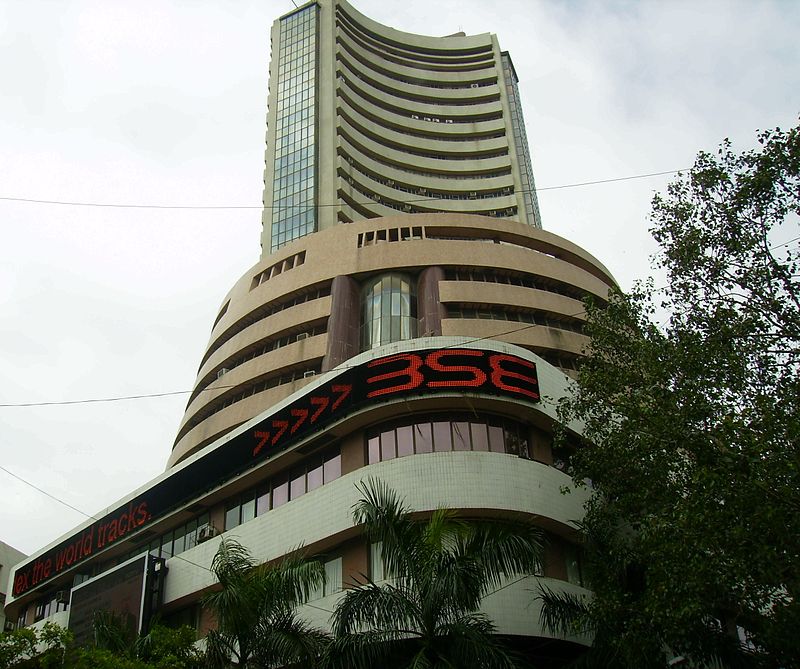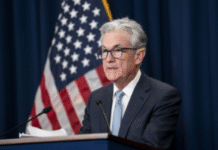Mumbai— Indian stock markets closed the week on a subdued note, marking the second consecutive week of consolidation as investors navigated global trade tensions and awaited key domestic policy signals.
The benchmark indices—Sensex and Nifty—remained volatile throughout the week before ending lower. The Nifty settled at 24,750.70, while the Sensex closed at 81,451.01, reflecting investor caution amid rising uncertainties surrounding U.S. tariff policy and the upcoming Reserve Bank of India (RBI) monetary policy announcement.
“Despite strong domestic fundamentals, global cues remained mixed, keeping investor sentiment in check. Initial optimism driven by the RBI’s record dividend payout and positive monsoon updates faded as the week progressed,” said Ajit Mishra, Senior Vice President of Research at Religare Broking.
Sectoral performance reflected the market’s overall indecision. The real estate index continued its upward momentum, notching a third straight week of gains. Banking and energy stocks also ended in positive territory. However, FMCG, auto, and metal stocks lagged, weighing on broader market performance.
Midcap and smallcap stocks fared better, with both indices rising nearly 1.5% for the week, showing resilience despite choppy market conditions.
Vinod Nair, Head of Research at Geojit Financial Services, noted that global macroeconomic uncertainties—particularly the temporary suspension and reintroduction of U.S. reciprocal trade measures—are likely to keep emerging markets like India on edge.
“Domestic indicators remain favorable, including a strong monsoon forecast, a soft inflation outlook, and robust fourth-quarter GDP growth at 7.4%. These factors offer downside protection, and the market is currently factoring in a possible 25 basis point rate cut from the RBI,” Nair said.
Investor focus now shifts to the RBI’s Monetary Policy Committee (MPC) meeting on June 6. The central bank’s guidance on interest rates and economic outlook will be closely scrutinized as markets weigh potential shifts in monetary policy.
With the start of a new month, attention will also turn to key economic data releases, including auto sales figures and other high-frequency indicators. Monsoon progress and foreign institutional investor (FII) activity will also be closely watched.
On the global front, movements in the U.S. bond market and developments in trade negotiations are expected to remain key drivers of investor sentiment in the weeks ahead. (Source: IANS)







